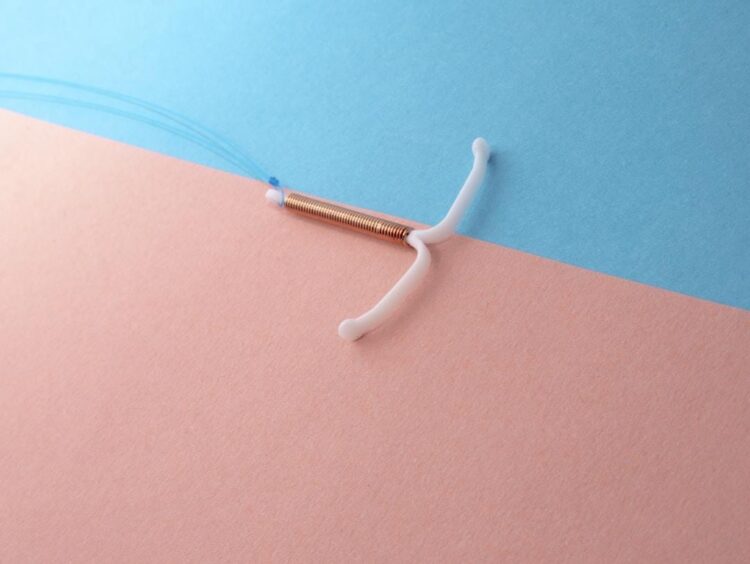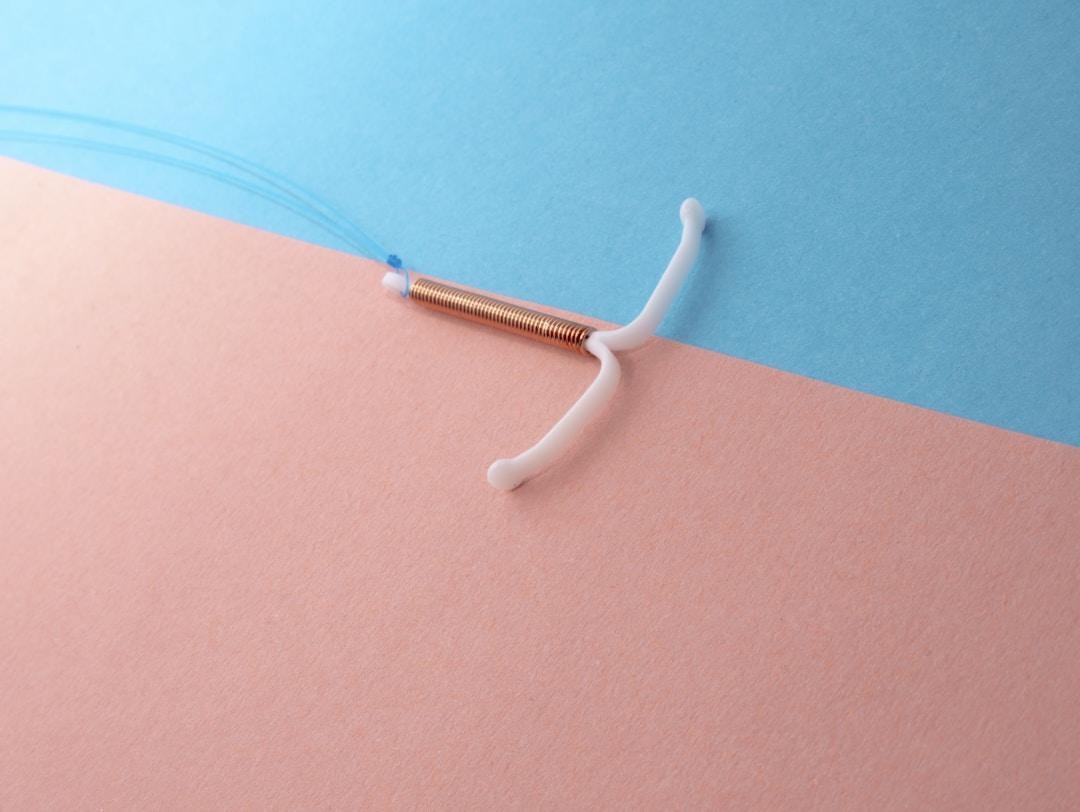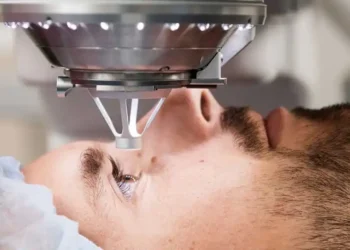Deciding to get an intrauterine device (IUD) can come with a host of questions and uncertainties. The Paragard IUD, a long-term, non-hormonal form of birth control, offers a unique option for those looking to avoid hormonal contraceptives. Understanding the device, the insertion process, and the subsequent aftercare is essential for anyone considering this method. Below, we’ll explore the Paragard IUD in depth, outlining everything you need to know from pre-insertion to long-term management. Keep reading to empower yourself with knowledge and make informed decisions about your reproductive health.
Understanding the Paragard IUD and Its Non-Hormonal Benefits
Paragard is a small, T-shaped intrauterine device (IUD) that provides long-term, hormone-free birth control. Made with a thin copper wire, it prevents pregnancy by disrupting sperm movement and egg fertilization without altering the body’s natural hormonal balance. This makes it a preferred choice for those sensitive to hormonal contraceptives or seeking a method that won’t affect their menstrual cycle. Once inserted by a healthcare provider, Paragard can remain effective for up to 10 years, offering reliable protection without the need for daily maintenance.
One of its key advantages is reversibility—fertility typically returns quickly after removal, making it suitable for those whose family planning needs may change over time. Its long lifespan, low-maintenance nature, and non-hormonal design make it an appealing option for many. For more information on how it works, potential side effects, and who may be a good candidate, visiting the official Paragard website or consulting a healthcare provider can help in making an informed decision.
Preparing for Your Paragard IUD Insertion Appointment
Before Paragard IUD insertion, schedule a consultation with your healthcare provider to review your medical history, current medications, and undergo a physical exam. Use this time to address concerns and confirm that the device is safe for you. Before the appointment, eat a light meal, take an over-the-counter pain reliever, and wear comfortable clothing. Arrange transportation, as some may feel light-headed or cramp afterward.
Emotional preparation can help ease the process. Learn deep breathing or relaxation techniques, as discomfort levels vary. You may be asked to sign a consent form and provide a urine sample to rule out pregnancy. Staying well-hydrated, arriving with an empty bladder, and following these steps can make insertion smoother and more comfortable.
The Paragard Placement Process: What Happens During Insertion
The Paragard IUD insertion is a brief procedure performed in a healthcare provider’s office. It begins with a pelvic exam to assess uterine position, followed by the gentle use of a speculum to open the vagina. Using a specialized insertion tool, the provider guides the IUD through the cervix into the uterus. Some women experience a pinch or cramps, while others feel minimal discomfort. Communicating with the provider can help reduce any pain and ensure proper placement.
After insertion, the provider trims the IUD strings for easy future removal. These strings generally do not affect daily activities or sexual intercourse. A follow-up visit is typically scheduled to confirm positioning and address any concerns, allowing care to be tailored to each individual’s comfort and needs.
Immediate Aftercare and Managing Potential Side Effects
Immediately after a Paragard IUD insertion, mild cramping and light bleeding are common. Using a heating pad, taking recommended nonsteroidal anti-inflammatory drugs, and resting can ease discomfort. It’s important to monitor for unusual symptoms like severe pain, fever, or IUD expulsion and contact your healthcare provider if they occur. Initially, checking the IUD strings ensures it hasn’t moved, with monthly checks advised thereafter.
Menstrual changes such as heavier bleeding, longer periods, or spotting between cycles may appear in the first few months as your body adjusts. Rare side effects can include ovarian cysts or altered vaginal discharge. Staying in contact with your provider helps manage these symptoms effectively through medical guidance or simple lifestyle adjustments.
Long-Term Considerations and When to Contact Your Doctor
The Paragard IUD offers long-term, hormone-free contraception, but it requires ongoing attention to reproductive health. Regular check-ups ensure the device remains correctly positioned and functioning. Users should monitor for changes in their menstrual cycle or other concerning symptoms, such as severe pain, heavy bleeding, or signs of infection, and contact a healthcare provider promptly if issues arise. The IUD does not protect against sexually transmitted infections, so additional precautions, like condoms, may be necessary, especially with new or multiple partners.
Removal of the Paragard IUD is straightforward and typically performed by a healthcare professional, whether for family planning or after the device’s ten-year lifespan. Fertility generally returns quickly after removal, giving users flexibility to pursue pregnancy. With careful monitoring, Paragard provides effective, long-term contraception while allowing control over reproductive choices.
Overall, the Paragard IUD stands out as a reliable, hormone-free option for long-term birth control. Whether you’re looking for a change from hormonal contraceptives or you prefer a ‘set it and forget it’ method, understanding the process from start to finish can ensure a smooth experience. By keeping informed and maintaining open lines of communication with your doctor, you can confidently manage your reproductive health with Paragard.











